Review: LG G4 for AT&T
Menus
The G4 runs Android 5.1 Lollipop with LG's user experience dressing everything up a bit.
The lock screen supports LG's KnockOn and Knock Code tools. With KnockOn, tap twice to wake the screen so you can check the clock and notifications. With Knock Code, tap in a unique pattern - anywhere on the screen - to unlock the phone. The G4 includes normal security options (PIN, password, pattern) and you can opt to view just a clock, or a clock along with five user-assignable shortcuts that are located at the bottom of the screen.
There are three home screen panels active out of the box; two of them are crammed with AT&T widgets and shortcuts. As with all Android devices, however, you can strip these away and customize the home screens however you see fit. The selection of widgets, wallpapers, and shortcuts is significant.
The default setting for the main app drawer is a grid with several pre-filled folders of Amazon, Google, LG, and AT&T apps. You can choose small or large icon sizes, and view them in alpha, custom, or downloaded order. LG's tool for hiding and uninstalling apps is better than most, which make it a breeze to rid your device of bloatware (or at least hide those annoying extras.)
The notification shade works pretty much the same as it does on other Android devices. The toggles and other controls can be adjusted to suit your needs. The toggles slide sideways to reveal more options. What I like most is the option to view just the toggles, or add sliders for brightness and volume.
LG's QuickMemo is available from the notification shade. This function takes a screenshot and lets you mark it up and share it. As with other LG phones, the QSlide apps are on board, too. These are best accessed from within the supported app directly (more on those later.)
The G4 includes LG's EasyHome home screen set-up for first-time users. This strips away a lot of the extra junk and makes the phone easier to use.
The settings menu is arranged as a long, single list, but you can change it to a tabbed view if you want. The tabbed view requires less scrolling, but it takes longer to figure out which settings are hiding under which tabs. The G4 includes a wide array of options for customizing the phone's behavior. For example, you can arrange the main Android control buttons (home, back, etc.) at the bottom of the screen however you like. You can have up to four buttons, some of which are shortcuts to LG software, such as QSlide or the dual-window feature.
LG's dual-window allows two apps to run on the screen at the same time. This is a feature seen on Samsung's phones, too. It's easy to activate and use, and lets power users swap content between apps faster and easier. You can also choose to enable one-handed operation, which shrinks down the keyboard and dialpad into a bottom corner.
Last, the G4 is one of the first handsets to include LG Smart Bulletin. Smart Bulletin is sort of like Google Fit and Google Now rolled into one. It tracks your steps, but also shows your daily calendar, music app controls, QRemote controls, and lets you manage Smart Settings. Smart Settings are a new offering from LG that promise to reduce friction in your life as you move around. It relies on location and lets you configure certain settings for when you're home or away. For example, the G4 will know when you get home from a long day at work and can automatically disconnect your Bluetooth headset, turn on WiFi, and change the ringer. Smart Bulletin is off by default on the AT&T G4, which means users have to seek it out and turn it on.
The G4 is one of the first phones to ship with Qualcomm's Snapdragon 64-bit 808 processor mated with 3 GB of RAM. The phone does everything lickety-split. Not once did it ever feel bogged down or slow. It was fast, Fast, FAST, all the time. However, it also tends to get a bit warm. The camera app, in particular, causes the G4 to heat up a bit. I also noticed the phone randomly get warm in my pocket for no apparent reason.
Calls and Contacts
LG refreshed the design of the phone app for the G4, which also integrates your contacts. The app includes a nice dialer to access to call history, contacts, favorites, and groups along the top. I like that you can edit the tabs. You can also open the notepad and messaging apps. Advanced settings include an auto-redial if you can't get through the first time and a pop-up notification for incoming calls when you're using other apps.
The phone has noise suppression to eliminate background noise so those you speak to can hear you better, and a voice clarity feature that purports to improve conversations for you. I didn't notice a difference when I activated this feature.
The G4 includes some gestures to interact with the phone, such as answering calls by bringing the phone to your ear, or silencing calls by flipping the phone over.
The contacts app syncs with myriad online contact databases and makes it a cinch to sort between them for easier viewing. Individual contact cards hold reams of data, and the G4 has a great assortment of contact widgets.
Both the phone and contact apps are available as QSlide mini-apps. LG made an important change to how these are accessed that I think will reduce how often people use them. In previous versions of LG's user interface, there was a button in the upper corner that, when pressed, shrank the app to a small window running on top of other apps. This dedicated QSlide button is gone. Now, the option to turn the phone or contact apps into their minimized QSlide versions is just another option in the settings menu. In other words, the process now takes two steps instead of one.
As before, the transparency of the QSlide apps can be adjusted, and you can move the app window to any spot on the screen. The QSlide apps are at their best when several are used at once. They're a great tool for power users.
Messaging
The G4 has a typical set of messaging tools. As always, Gmail is installed and so is a generic email app. The Gmail app is all you really need thanks to its support for all other email services. You can delete or hide the generic app.
Google Hangouts is on board and so is the older, generic Google SMS app. The newer Google Messenger app is MIA. The generic SMS app is the default for messaging, but you can assign another app of your choosing. The SMS app has been updated with Material Design, but I prefer the newer Messenger app from Google better. U.S. wireless companies don't seem to agree just yet.
Facebook, Twitter, and Google+ are all pre-installed, but Facebook Messenger is absent.


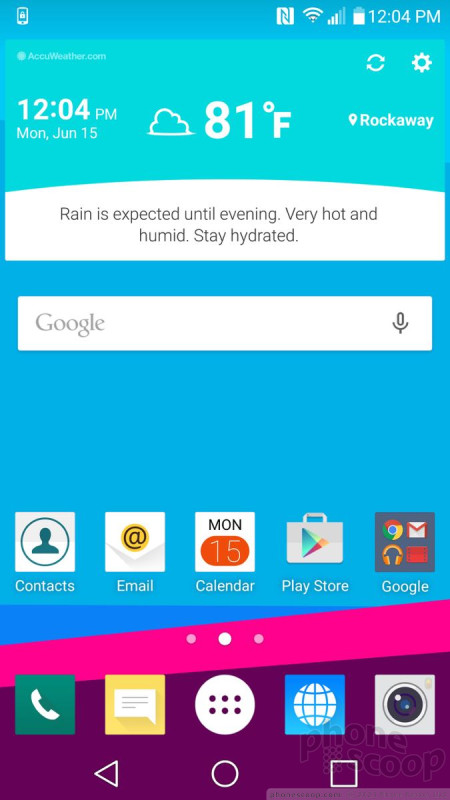







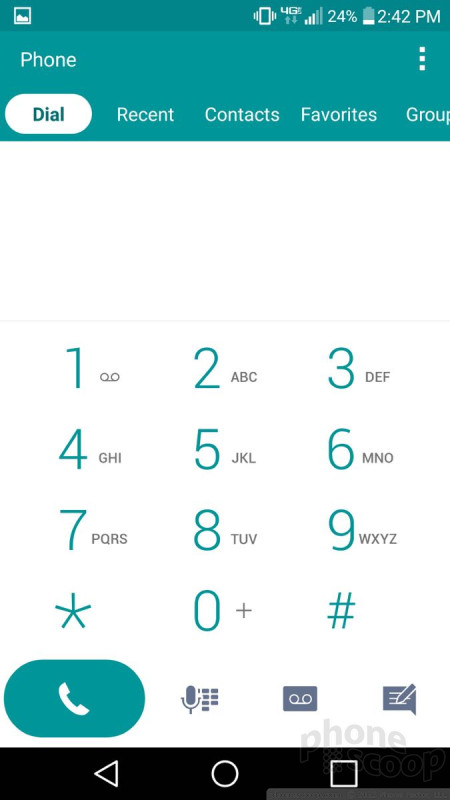




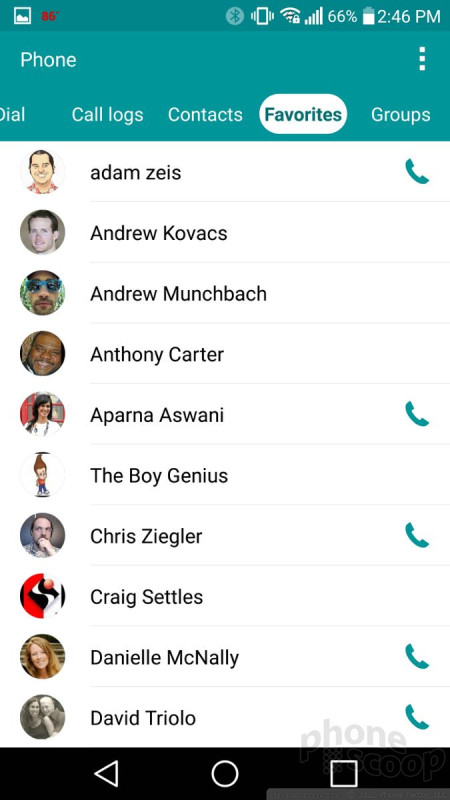




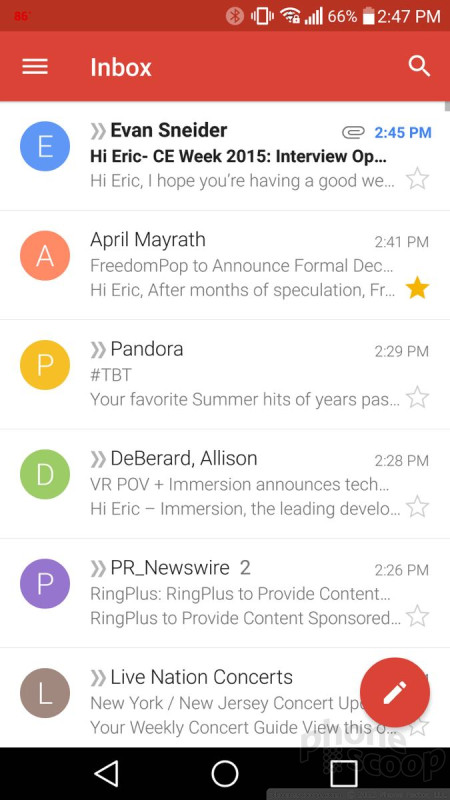



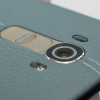 Hands-On: LG G4
Hands-On: LG G4
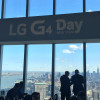 Liveblog of LG's G4 Launch Event
Liveblog of LG's G4 Launch Event
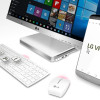 LG's VPInput App Lets PCs Control Smartphones Via Bluetooth
LG's VPInput App Lets PCs Control Smartphones Via Bluetooth
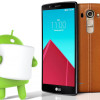 LG G4 Earns Early Marshmallow Update
LG G4 Earns Early Marshmallow Update
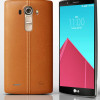 T-Mobile to Launch LG G4 On June 3
T-Mobile to Launch LG G4 On June 3
 LG G4 (GSM)
LG G4 (GSM)




